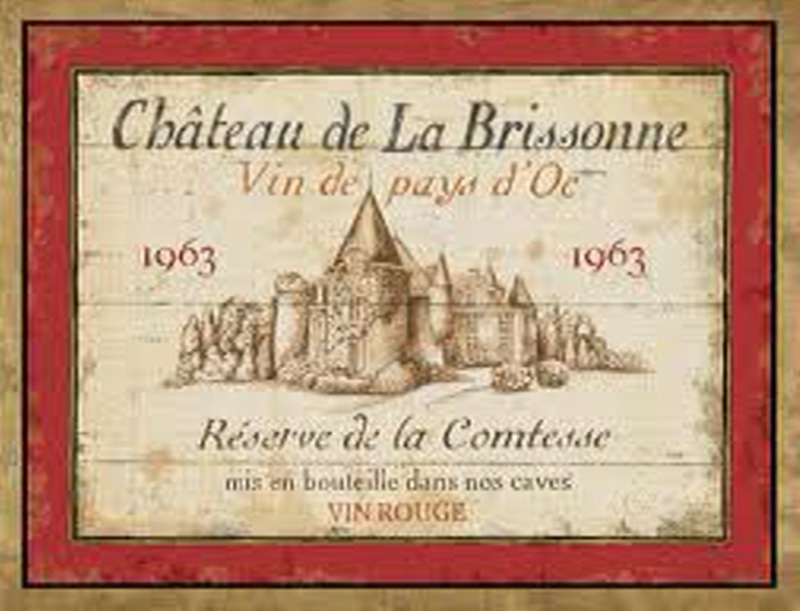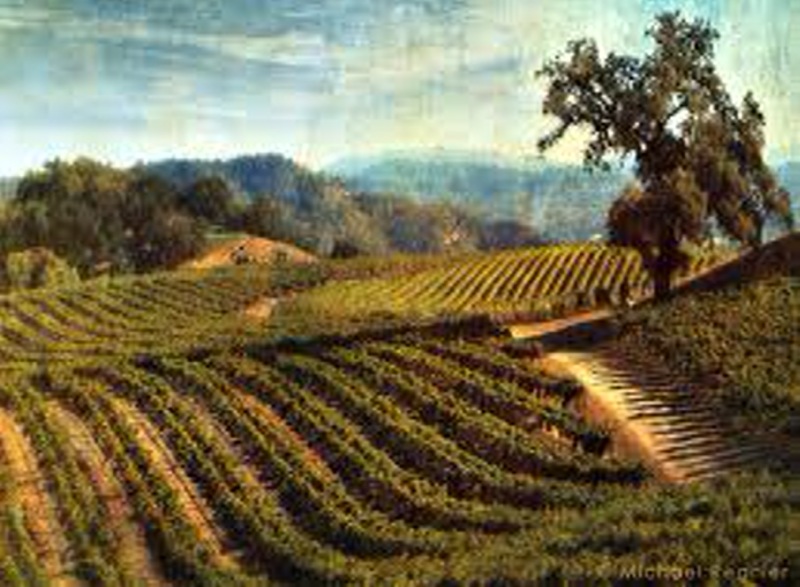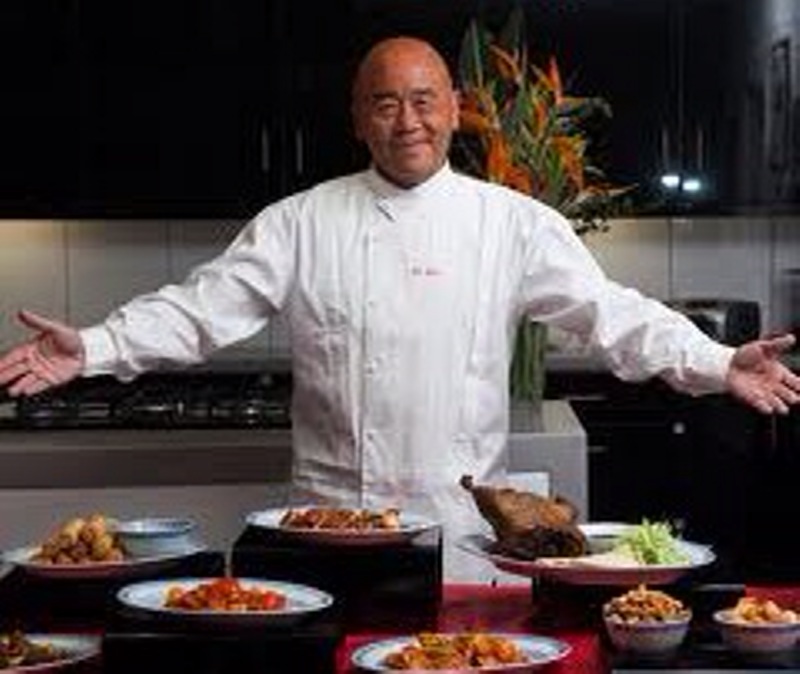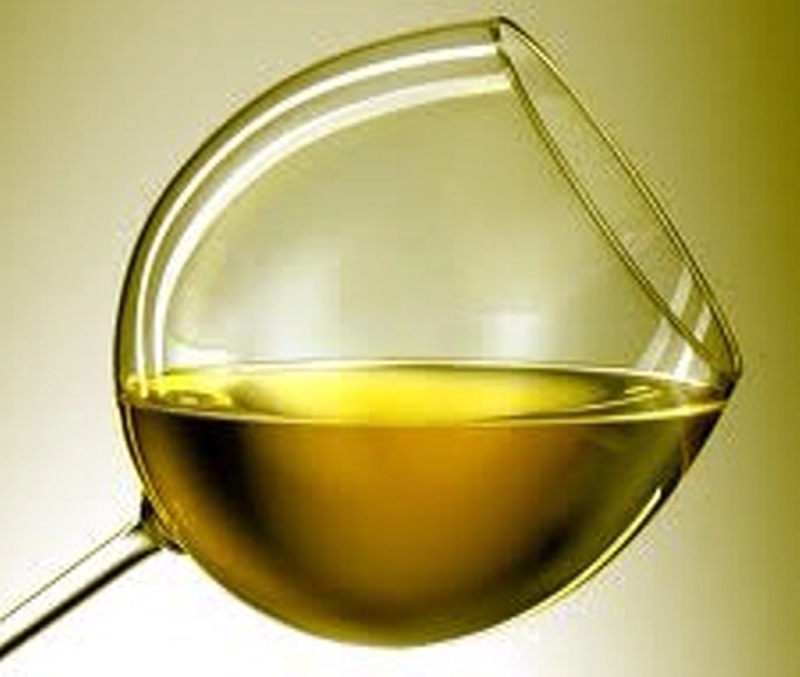by Peter Schlagel
The ancient Greek philosopher Heraclitus taught, “All is fire; all is change and flow”. This is the same sage who said, “You cannot step into the same river twice”.
With this point of view, he surely must have had the insights of a chef. Because, for a chef, the conception, preparation and serving of a suite of creative dishes to an appreciative diner is much more than a sequence of static random tastes collectively comprising a meal.
No, it is more like Stravinsky’s multi-layered ballet The Firebird wherein a pure vision is transformed into the ensemble action of an entire company of dancers and musicians, each playing an important role in the creation of a magnificent performance.
Many diners have the mistaken impression that they will be served a linear procession of different and pleasing tastes as they sit passively consuming the next carbon copy dish in a meaningless parade. This is not unlike an anonymous viewer of a TV sitcom like Gilligan’s Island, complete with its cues of canned laughter after each one-liner joke, demanding no more than half-awake attention between commercial breaks.
And if one is in a hurry (and what modern consumer is not), then one can further shorten the entire process without even having to get out of one’s car to quickly order and consume fast food served in neat little bags and boxes.
This is not dining or cuisine or conscious art. This is simply eating, a necessary function shared by all animals from man to mouse to mite. It requires neither brain nor consciousness, only hunger and a mouth. How the food is prepared is of no consequence, as long as it can be eaten.
However, culinary creations, like all great art, demand a great deal of their audience. They have the capacity to move the conscious soul and change lives forever. Fine cuisine is deeply human and expresses the highest capacity for creative life. And it is inherently dynamic, not static.
A consumer of fine dining must be fully awake and prepared to be challenged, surprised, even changed. Each diner is invited to actively participate in a grand “dance” of shifting melodies and harmonies of flavors, some major and some minor, some rhythmic, some percussive, and all comprising a complex dance of movements and singular experiences that cannot be reproduced again exactly like this unique performance.
Think of a small local jazz band improvising on a standard composition at a one night show in a small private club, or a modern dance company’s world premiere of a new work. These performance art presentations are not accidental or random. They are as carefully planned and executed as a general’s battle plan or Beethoven’s 9th Symphony because the mind of the general or composer or chef sees the entire vision before the first note or the first table place is set.
Everyone in the kitchen must learn to “chop wood and carry water” before one can create the other kind of magic, for they are one and the same. Or, as the great Zen Master Dogen pithily put it, “Practice IS realization”.
He was the same sage who wrote Instructions to the Cook, giving voice as head chef to the vision and responsibility for leading his creative team through the essential rules for the kitchen, as well as the greater community and a life well lived. Each performance, each preparation expresses completely a unique lived truth.
A talented chef has the ability to visualize combinations of flavors, herbs and spices before the food is ever procured and prepared. This is part of his or her unique talent and artistic genius that enables the creation of new dishes as well as variations on the classics that delight, challenge and move the diner.
The insightful diner is invited to join in a “dance” with this creative movement of the chef’s vision through a knowing appreciation of their purposeful culinary art. They can then engage in the free flowing river of experiences that the chef and his staff prepare, present and guide them through.
The diner cannot be a passive semi-conscious consumer of canned familiar post-cards of taste. Instead, he or she must be equal to the great adventure of discovery and satisfaction that comes from true art. They must be brave and awake. They must be open and fully human in order to experience the real full potential of great culinary art.
Yes, Heraclitus, the chef–inspired sage, was right – all is fire and change in the kitchen. Creating new “music” is hard work. When successful, the diner can share in the wonder of experiencing new culinary art that will challenge all their senses as they savor its beauty and know that they can’t step into this same deep river twice.
But fortunately the number of creative culinary rivers is today without limit. With due courage and imagination, another river, another culinary experience is just waiting to be discovered, perhaps just around the corner this very night! Go ahead, accept the invitation and enjoy the dance!























